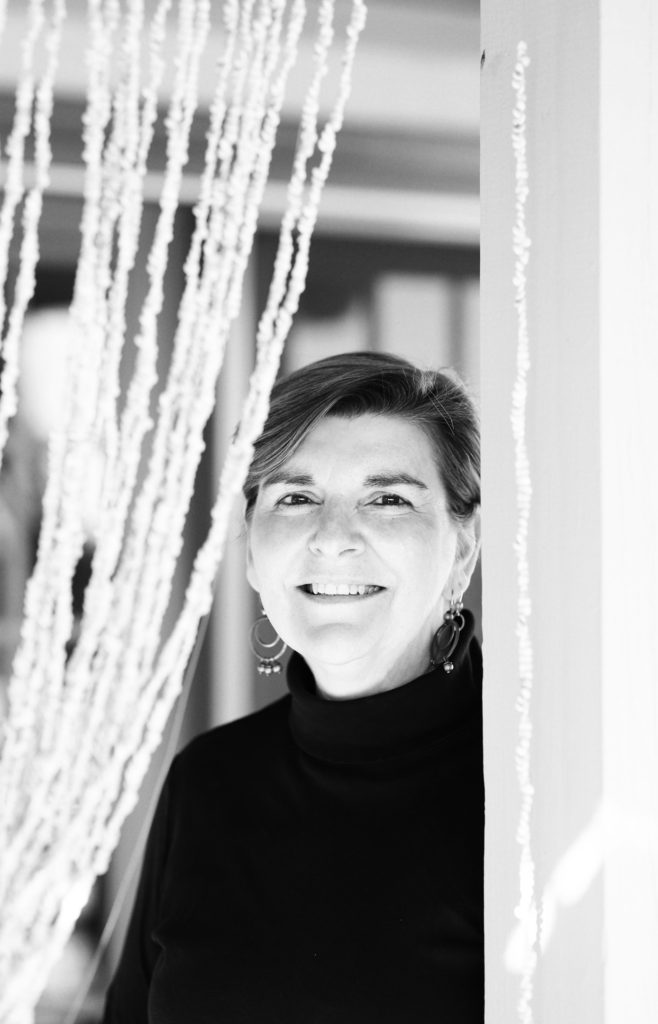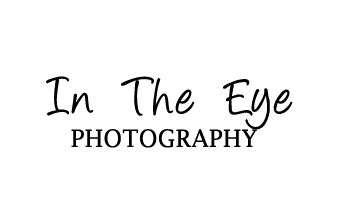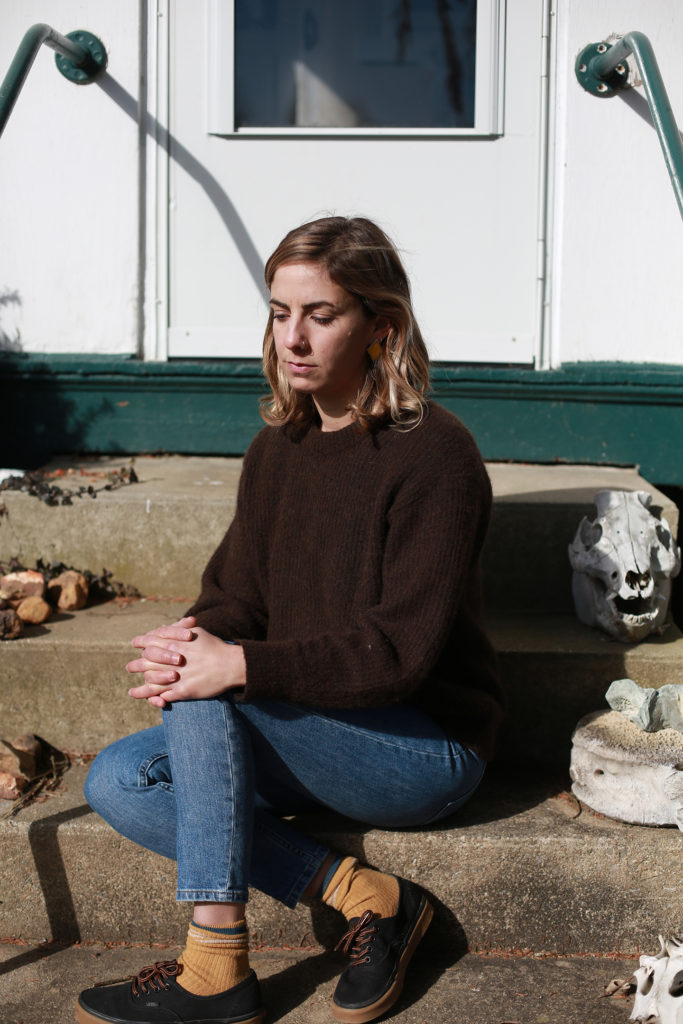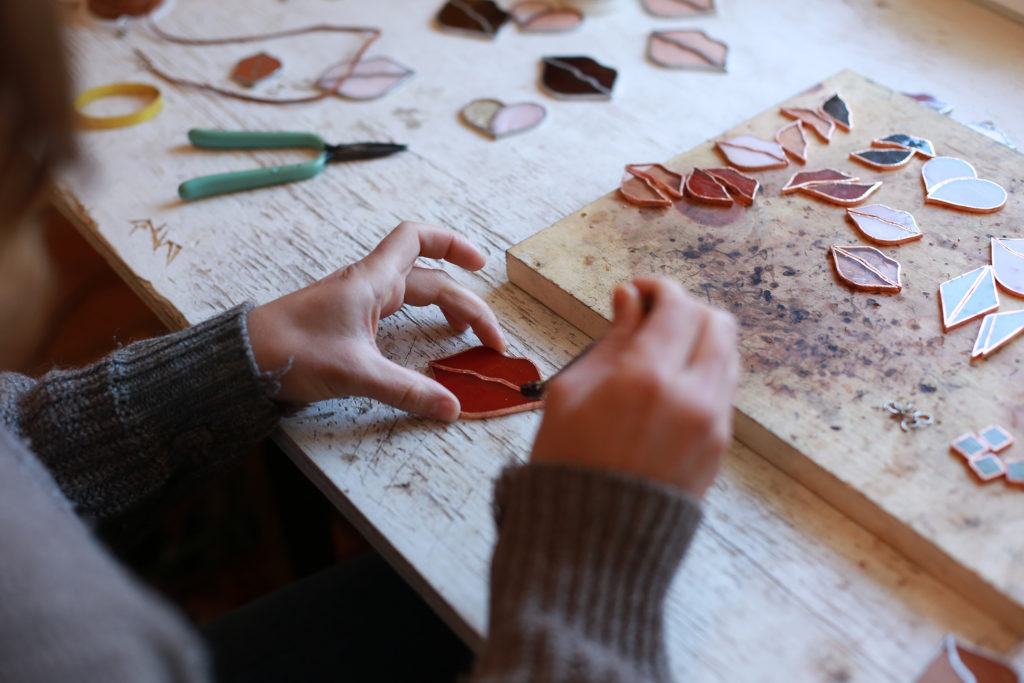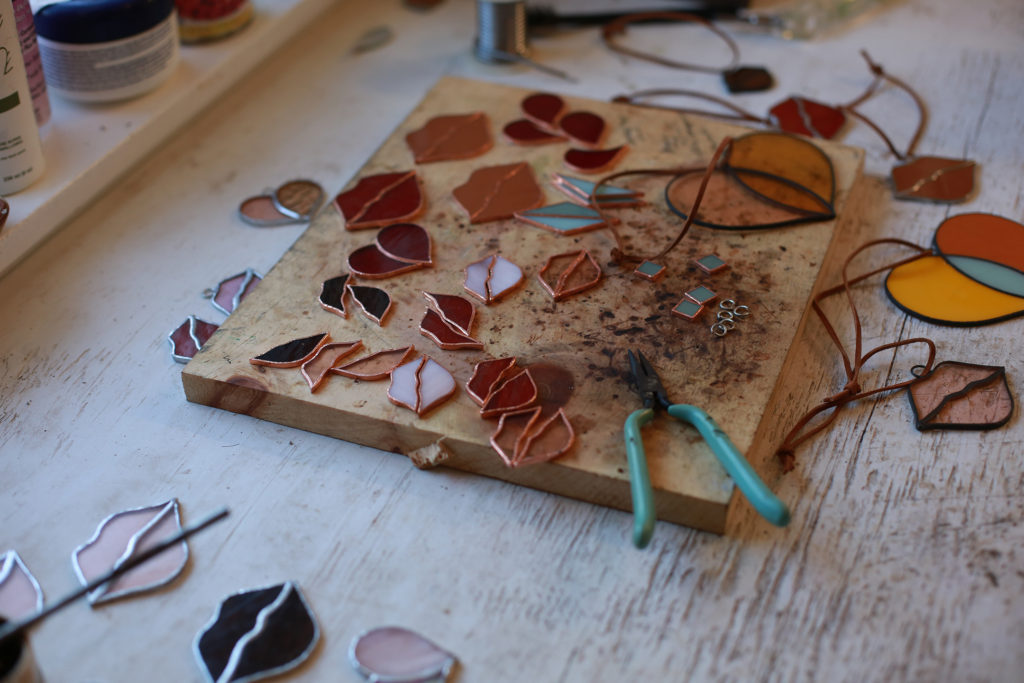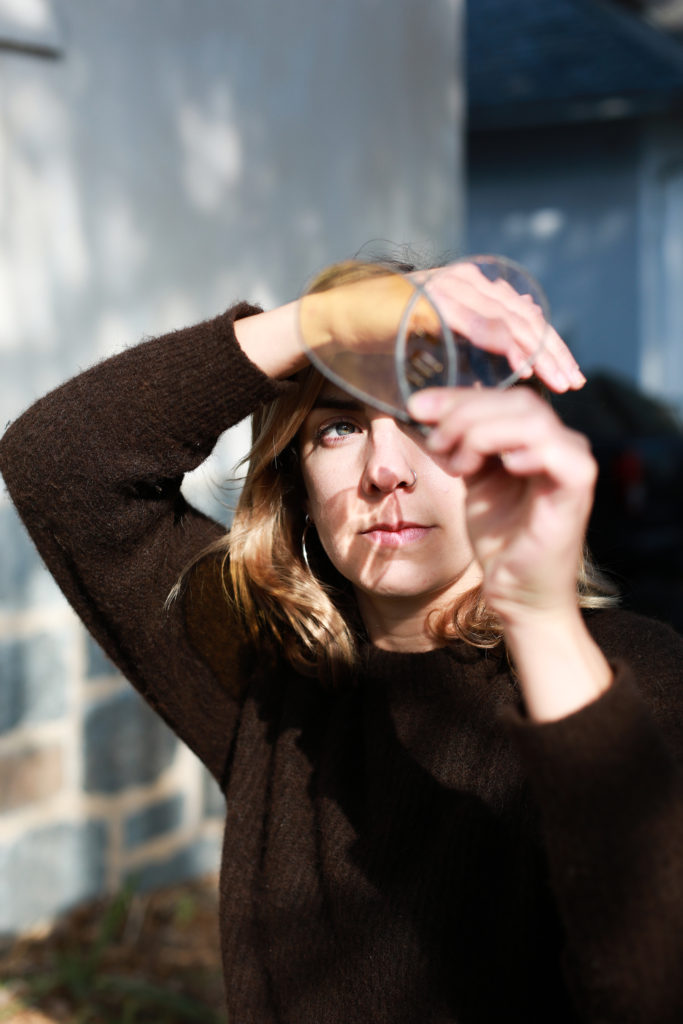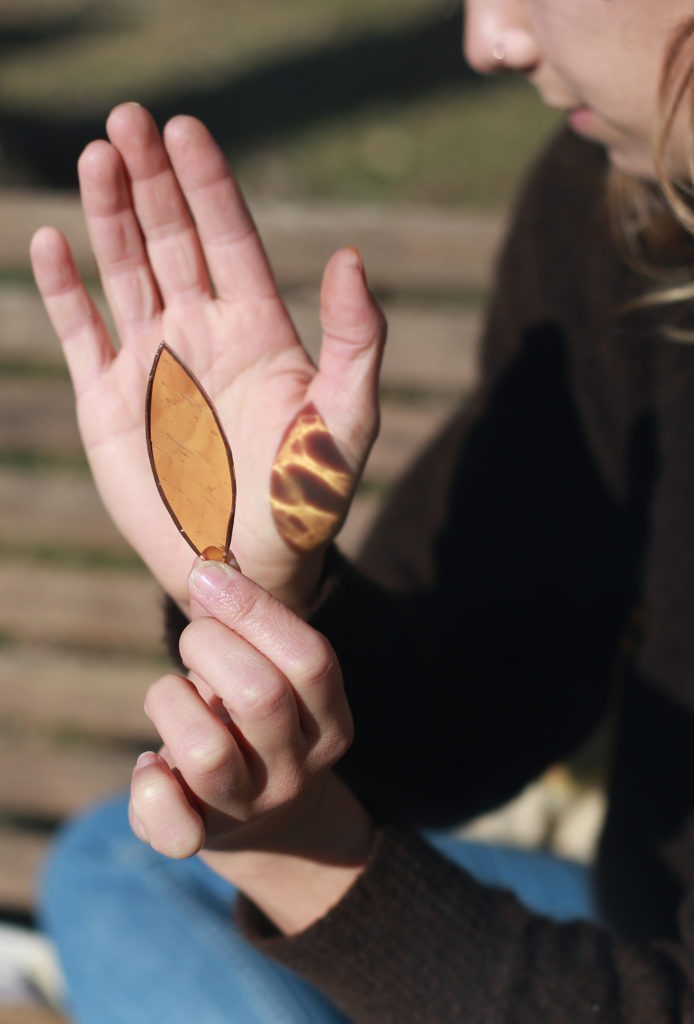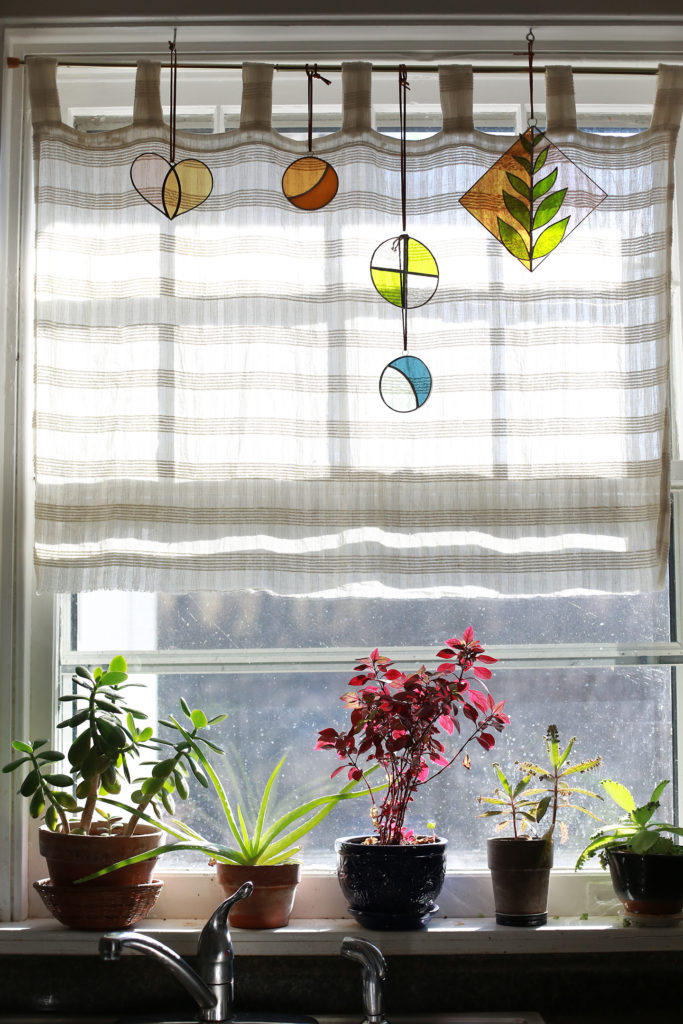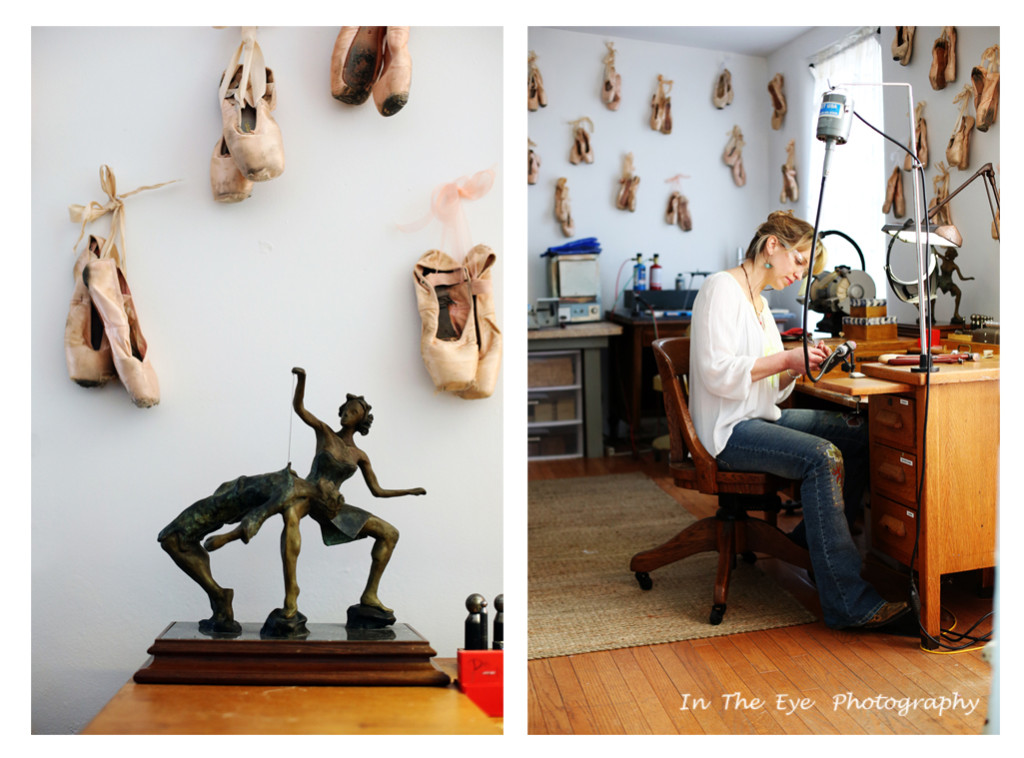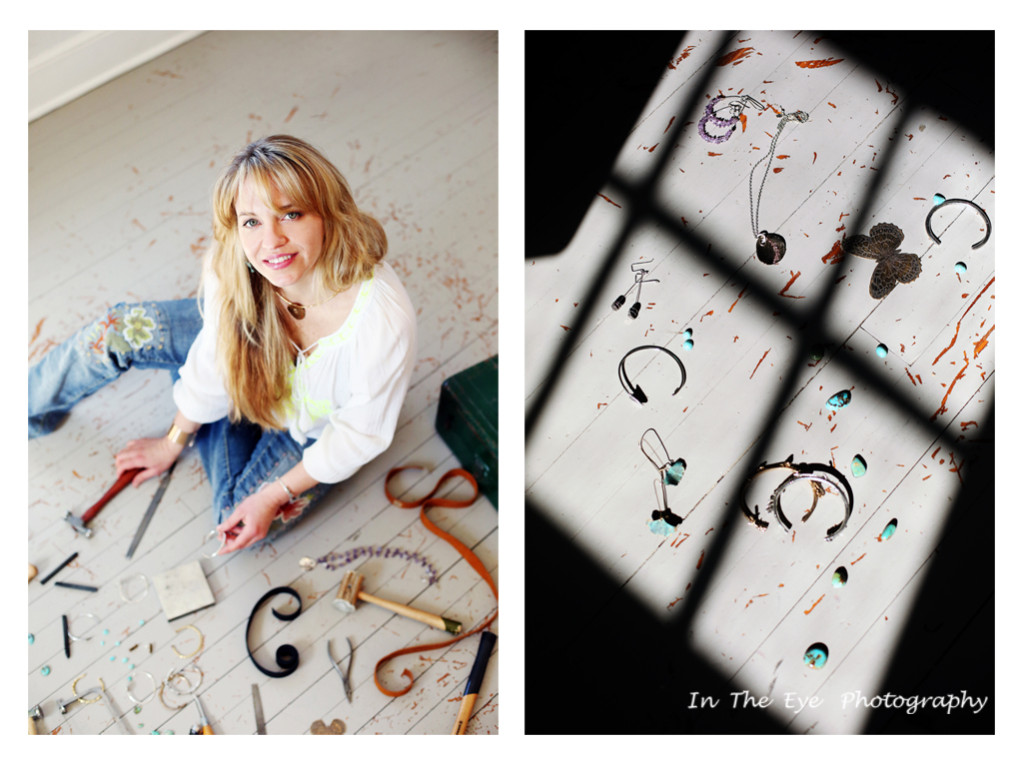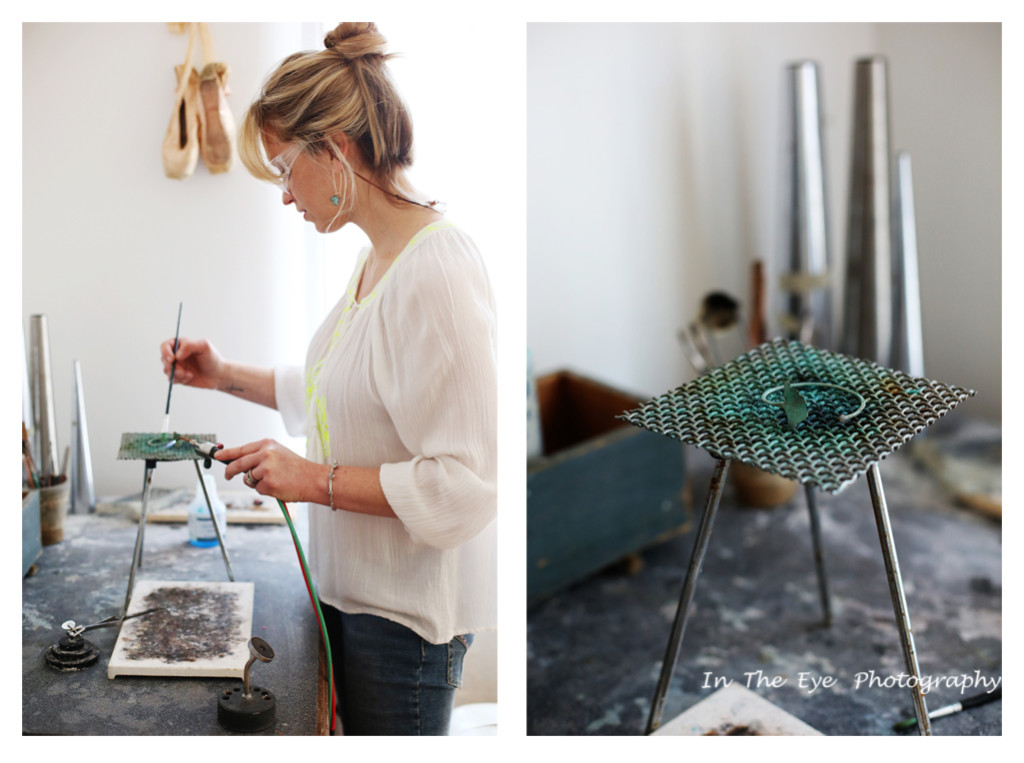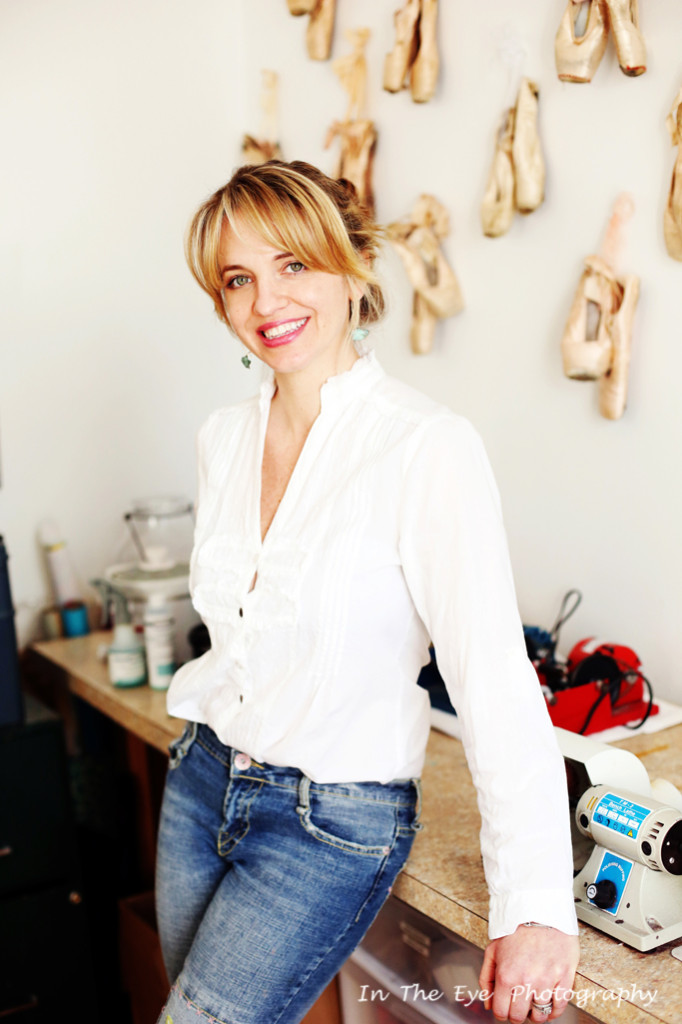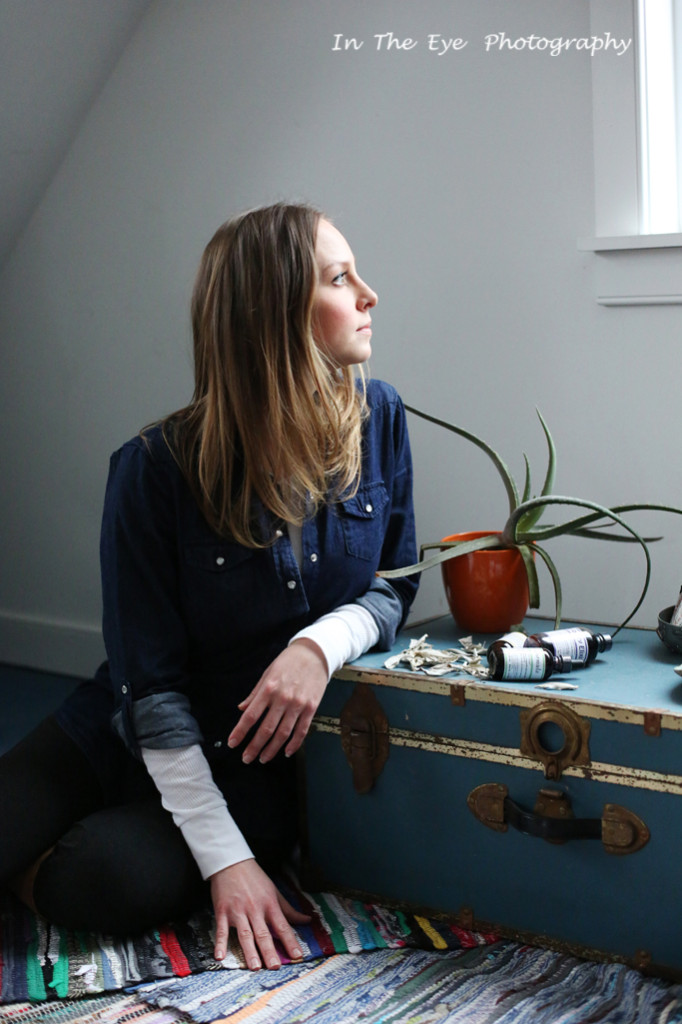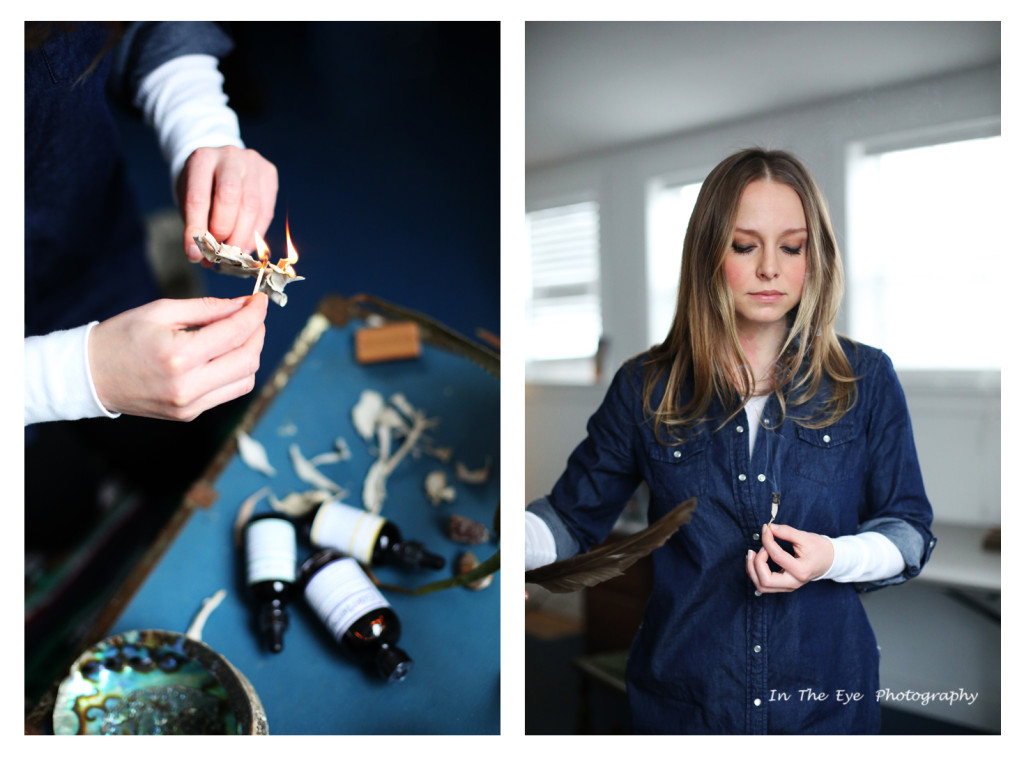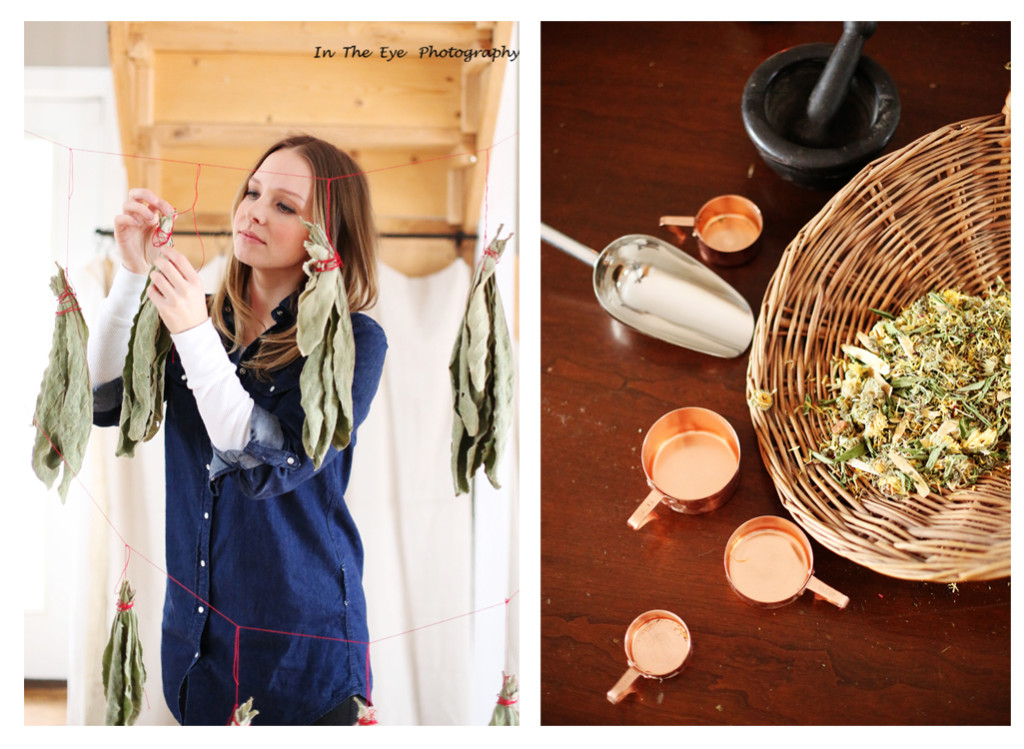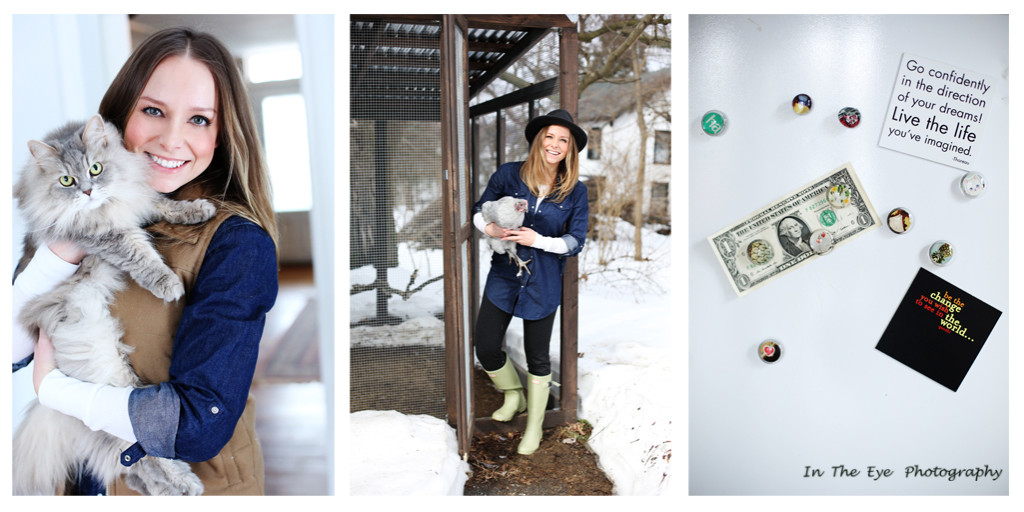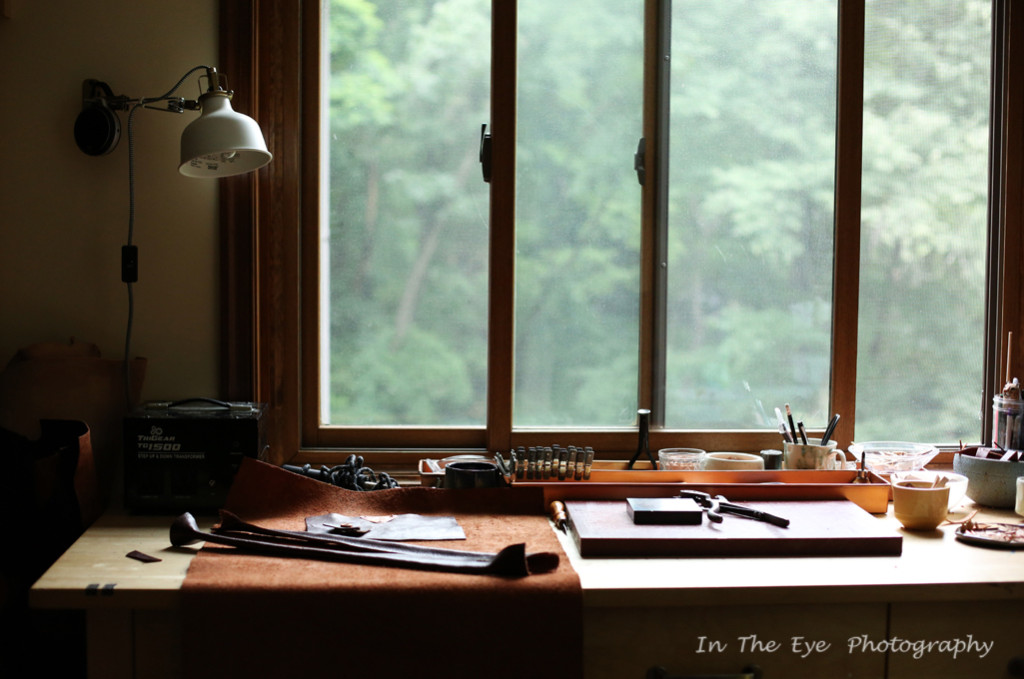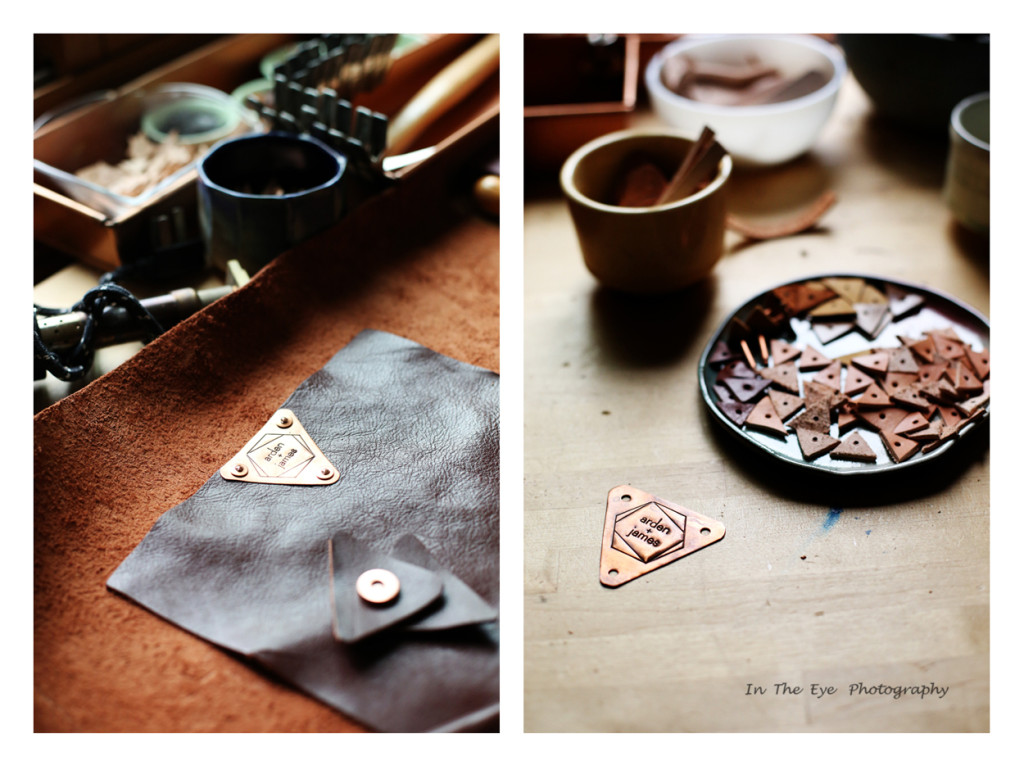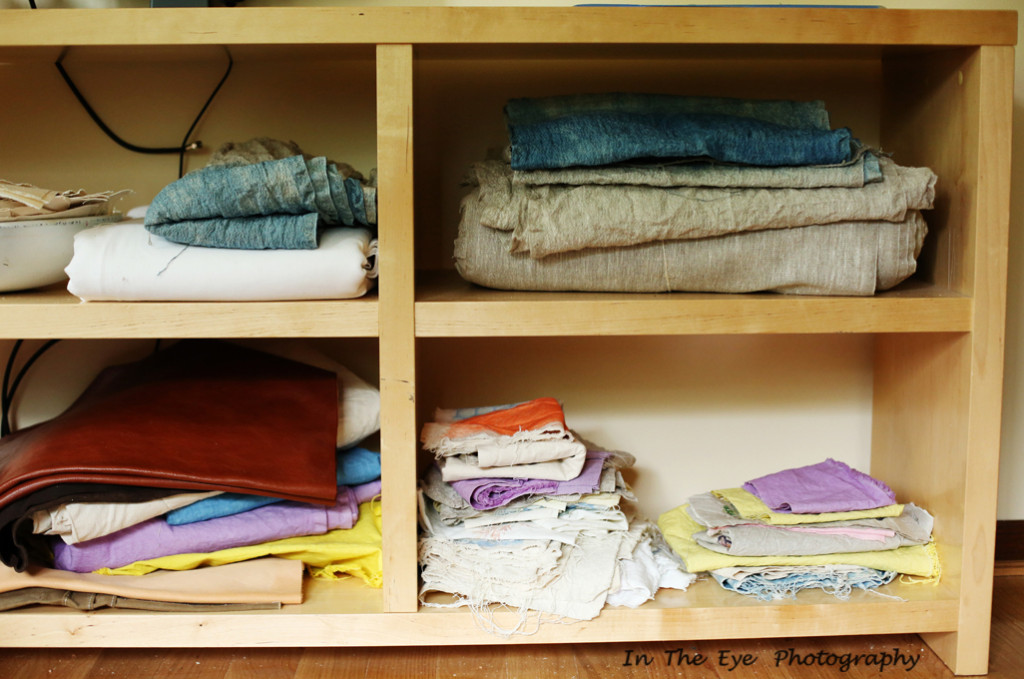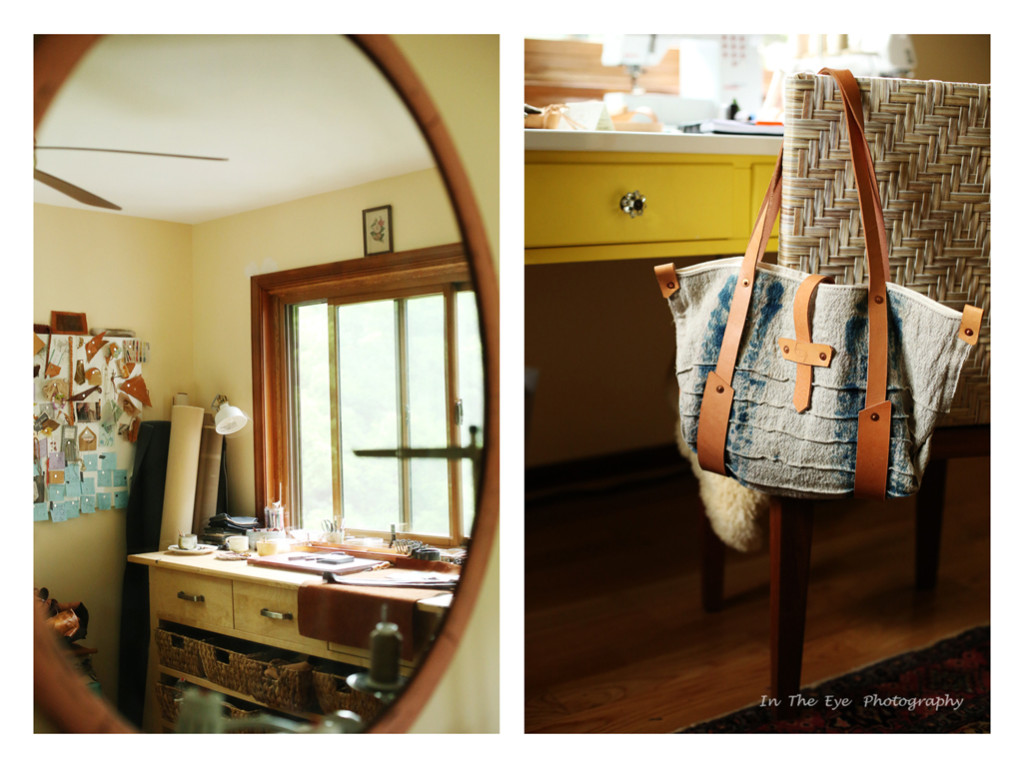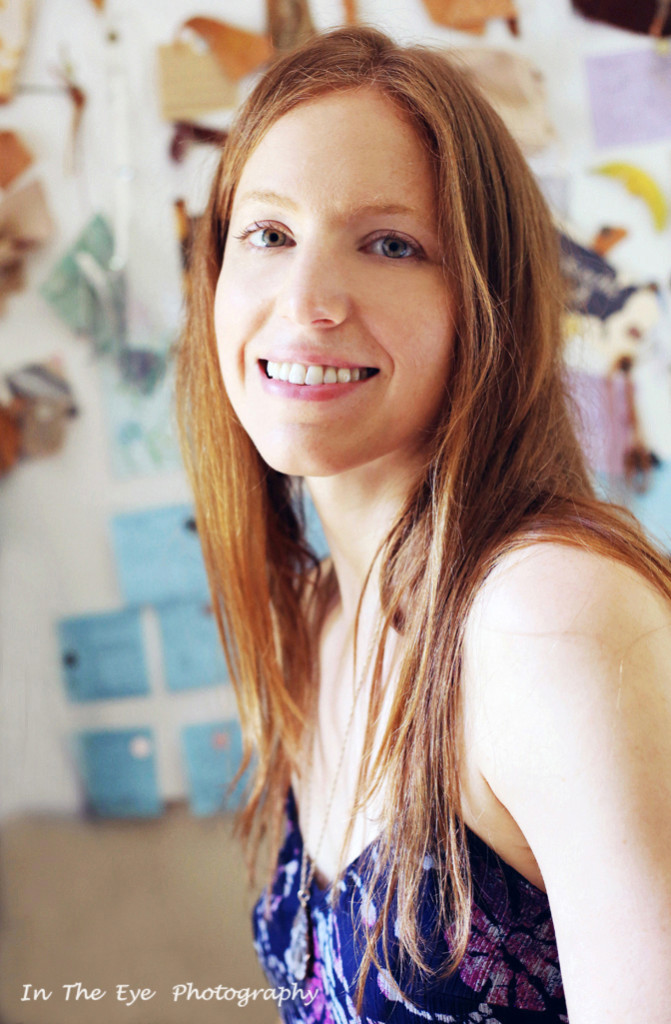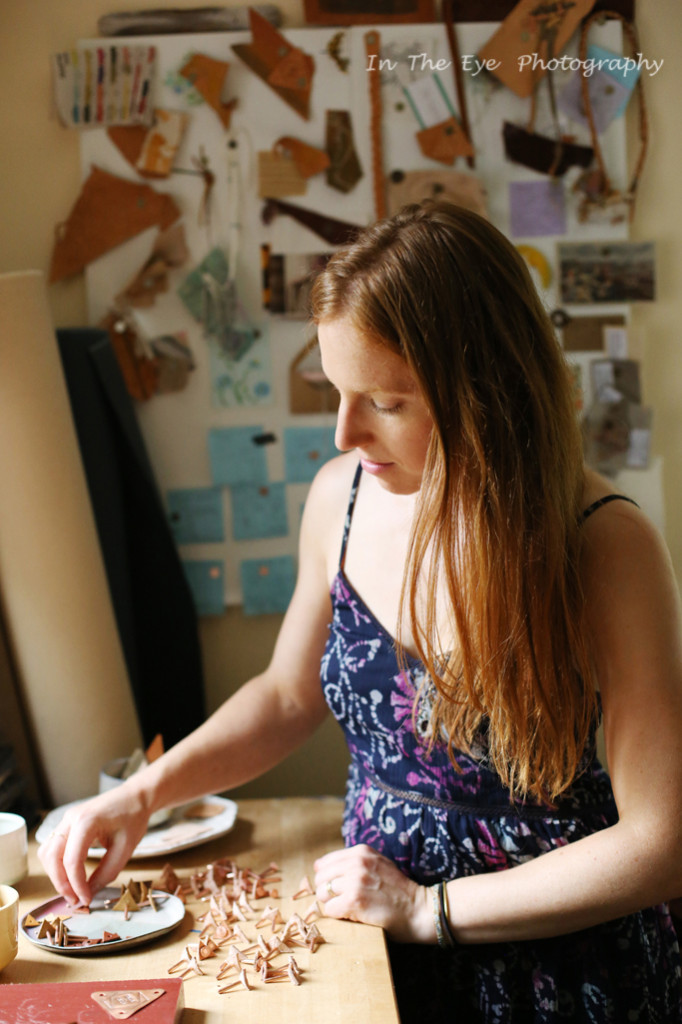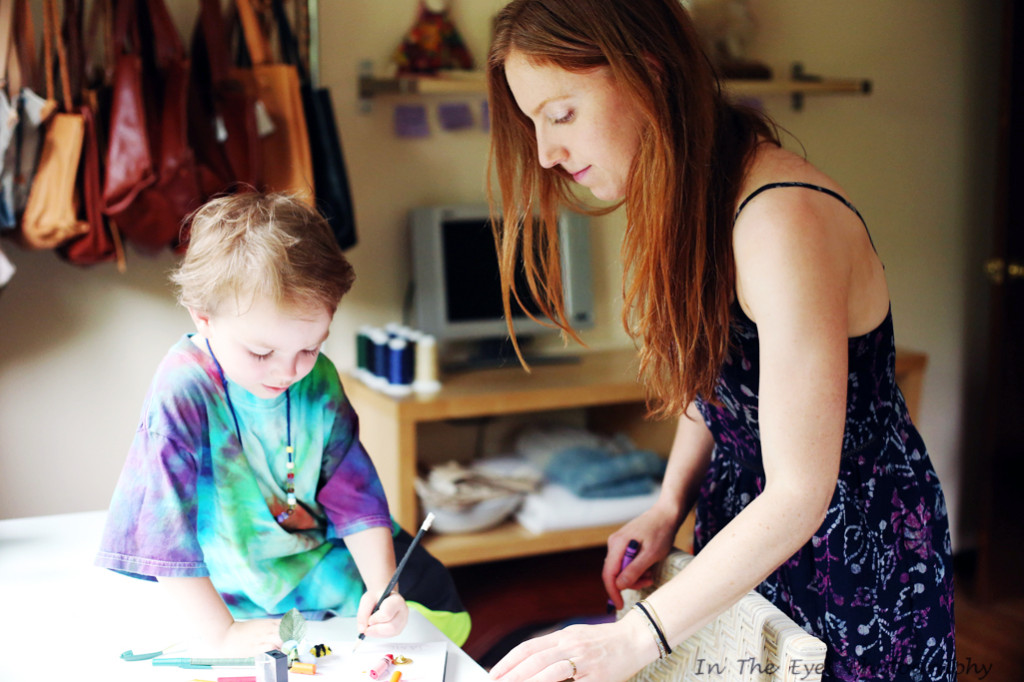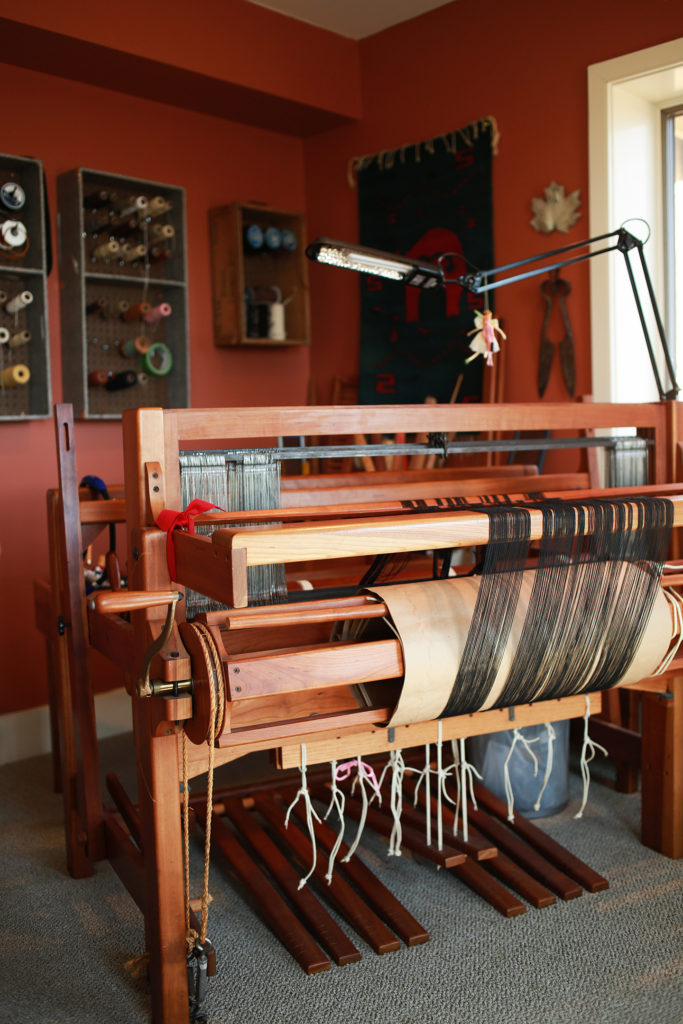
What initially attracted you to textiles as a medium?
I was always drawn to the weavers at artisan shows. Not just the texture and colors but the mechanics fascinated me. It is a tactile art and has such a rich history not just in this country but throughout the world. It was an important part of the community in early societies. I decided to take a class which led to several more before I felt confident enough to purchase my own loom. Weaving is an organic art in that the loom is made from wood of trees grown from the earth, the fabrics are derived from wool from the animals and the end result provides fabric for rugs, clothing, household linens, etc. full circle.
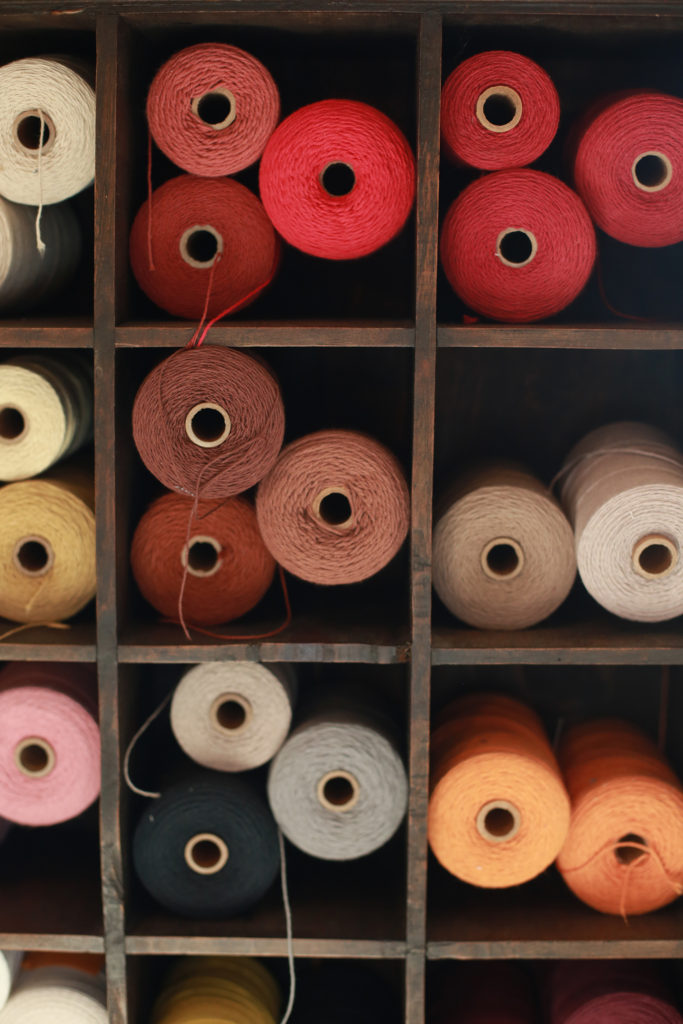
What or who were your early influences and how has your life/upbringing influenced your work?
I grew up surrounded by fabric, my mother sewed. She made all of her clothes, my own and even that for my dolls (much of which I still have today). Her sewing table was tucked into an alcove in her bedroom and she allowed me to play amongst the bias tapes, spools of thread, cutting table and loads and loads of material bursting from her dresser. I told myself I would never have a room so cluttered with stuff when I grew up – well there it is – I grew up to have a room dedicated to weaving with a 300 pound floor loom and loads of fabric and tools for my craft all around.
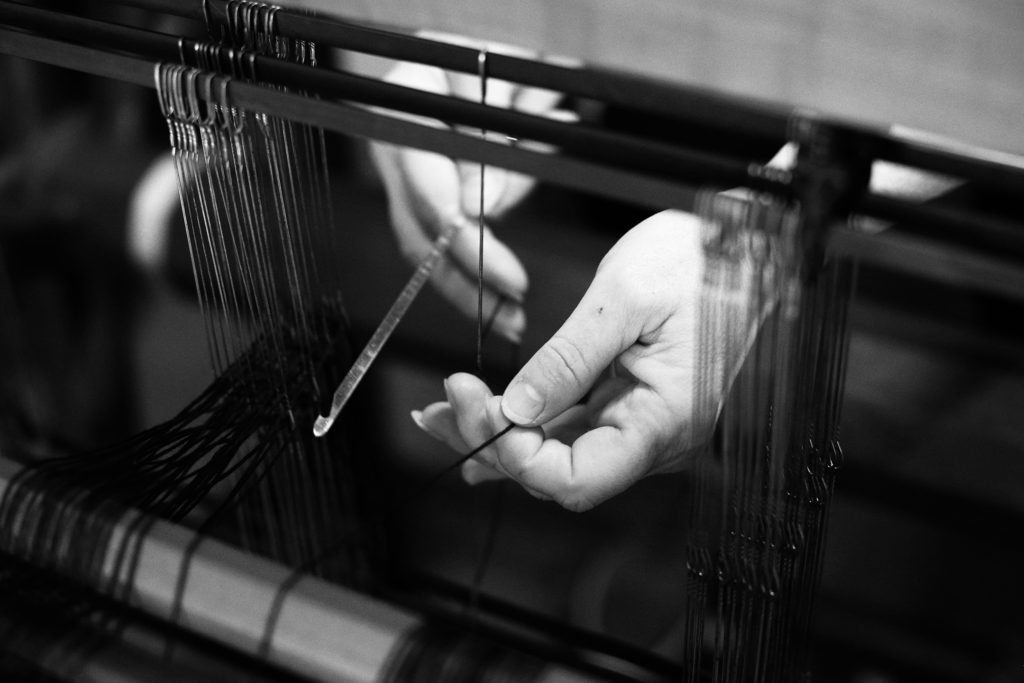
Tell us a bit about your process
The process starts with deciding what I want to make and then choosing the fabric. I use reclaimed upholstery fabrics that otherwise would end up in the landfill. I also repurpose jeans. The fabric will tell me then what color to use for the warp (the vertical threads that go on the loom and weft (the horizontal threads that are hand thrown with a shuttle). You measure your warp threads, dress the loom and begin to weave. When done, you take your project off the loom and finish it off with sewing or braiding of the fringe. I follow the traditional style of rag weaving using upholstery fabric as the weft. You never know exactly what it will look like until you are finished. Many of my products are wearable or for the home like table runners, wine totes, purses, pillows, and belt bags.
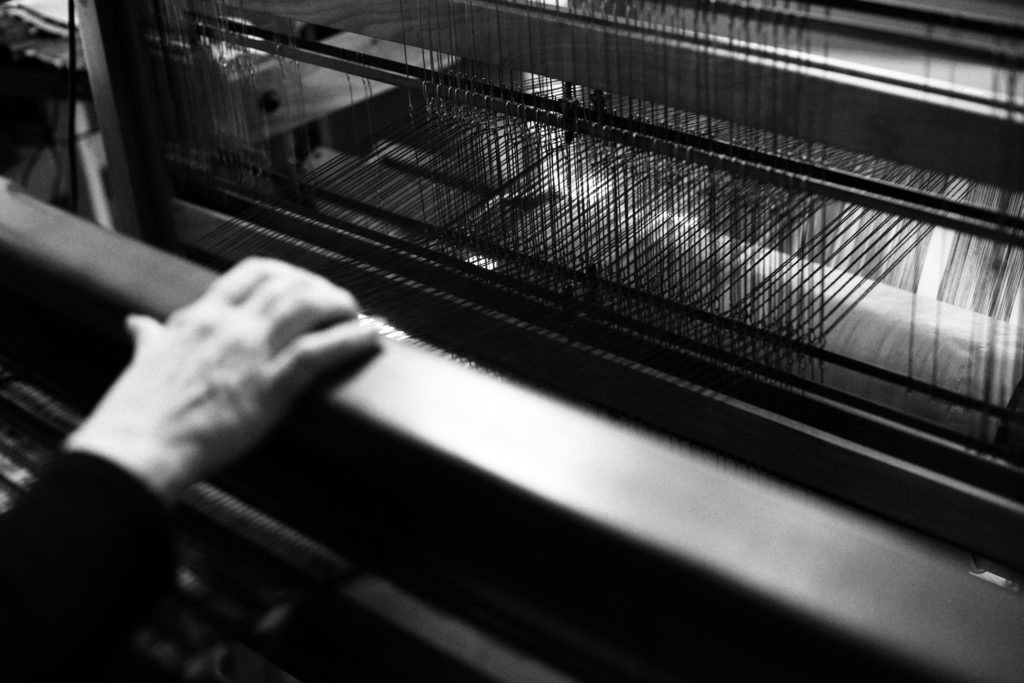
What currently inspires you and which other artists do you admire and why?
I am currently exploring the early colonial craft of coverlet weaving and hoping to explore more in the next year. I love the history of the craft both from the woven item to the machinery it was produced on.
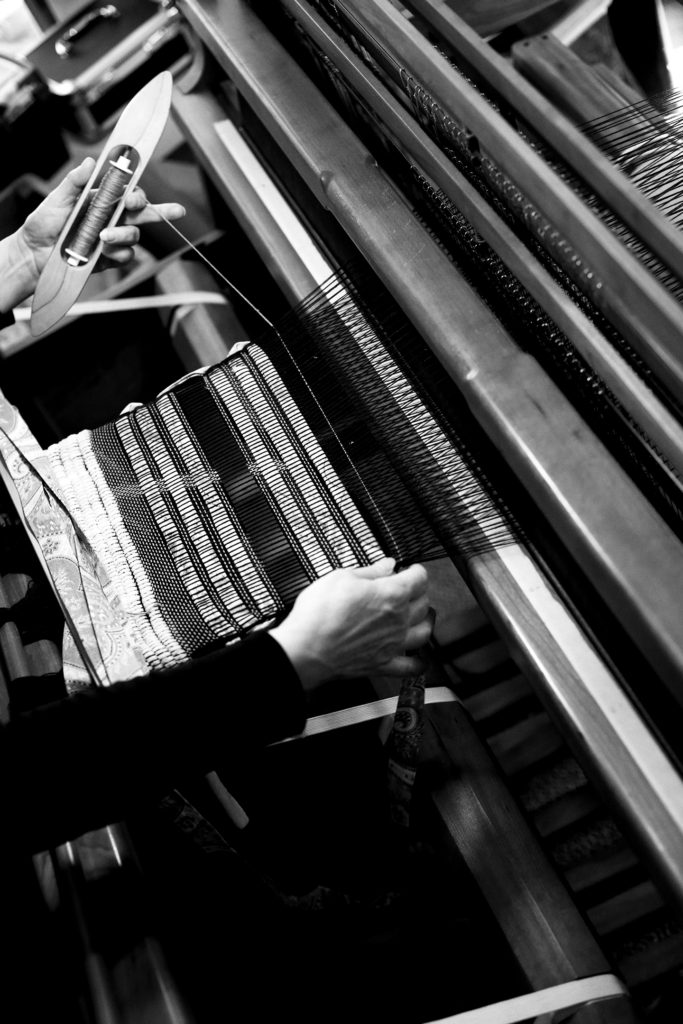
Tell us about a piece of work you have fond memories of and why?
I particularly like when the piece brings back memories for someone. I had made a simple wine tote but the fabric reminded the person of their own grandmother. She accidentally lost the bag but I still had fabric left and made another for her. She was thrilled and I was able to give her back the memory.
